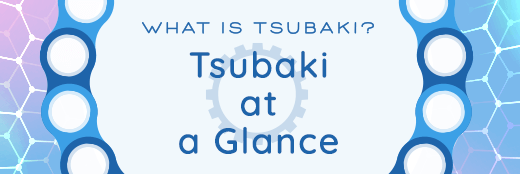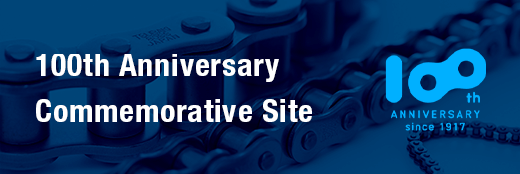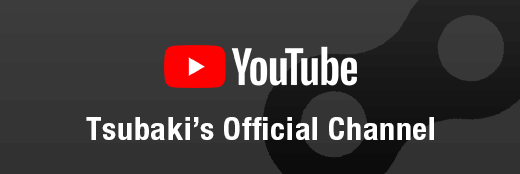2.Tsubaki’s Path to the Future
Chronology
 |
1917
Setsuzo Tsubakimoto establishes a private manufacturer of bicycle chains in Kita-ku,
in Osaka
 1928
Bicycle chain production is discontinued to concentrate on industrial chains
1937
Tsubaki products are first used in a large-scale conveyor plant
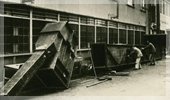 1940
Completed Tsurumi Plant in Osaka City
1941
Tsubakimoto Chain becomes a newly established common stock company with 3 million yen in capital and Setsuzo Tsubakimoto designated the company’s first president
|
|---|
 |
1951
Roller chains are first exported to the U.S.A.
1957
Production of automobile timing chains begins
(with mass production beginning in 1958) 1960
The chain motor is developed
1962
The Saitama Plant is constructed to serve as a production base in the Kanto region of Japan
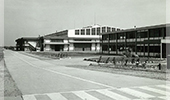 1963
Production of plastic chains begins
1967
Autran, a ceiling-mounted monorail system, is developed
(This opens the door to the sequential development of numerous materials handling products) 1970
Da Tseng Chain Co. (currently Taiwan Tsubakimoto Co.) is established in Taiwan
|
|---|
 |
1971
Kyoto Plant is completed
(currently Nagaokakyo Plant) 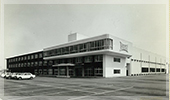 1971
Tsubakimoto USA, Inc. (currently U.S. Tsubaki Holdings, Inc.) is established in the U.S.A.
1972
Tsubakimoto Europe B.V. is established in the Netherlands
1982
Hyogo Plant is completed
1986
Production of industrial chains in the U.S.A. begins
1989
Production of automobile timing chains in the U.S.A. begins
 1992
The roller chain plant acquires certification of ISO 9001 registration, becoming the first such plant in the chain sector to do so
1992
The Tsubakimoto Emerson Co. Okayama Plant (currently the Tsubakimoto Chain Okayama Plant) is constructed
1999
The Tsubaki Mission Statement is released
|
|---|
 |
2001
The Kyotanabe Plant is completed
The entire chain plant is relocated from Tsurumi-ku, Osaka  2002
Tsubaki Emerson Co. is established as a joint venture between the Power Transmission Units and Components Operations unit of Tsubakimoto Chain and Tsubakimoto Emerson Co.
2004
All Group worksites in Japan acquire of ISO 14001 registration
2006
Yamakyu Chain Co. (now Tsubaki Yamakyu Chain Co.) becomes a consolidated subsidiary
2010
Kabelschlepp GmbH (now Tsubaki Kabelschlepp GmbH) of Germany is purchased and becomes a consolidated subsidiary
2012
Tsubakimoto Chain (Tianjin) Co., Ltd., an industrial chain manufacturer, is established
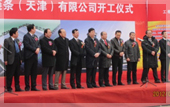 2012
All affiliated businesses of the Mayfran Holdings Group (U.S.A.) are acquired and become consolidated subsidiaries
2013
Tsubaki Emerson Co. becomes a 100% subsidiary with the name changing to Tsubaki E&M Co.
2014
“Long-term Vision 2020: The way it should be” is formulated as the Tsubaki Group’s vision for 2020
2017
New corporate philosophy, the “Tsubaki Spirit,” is introduced to mark the company centennial
2017
Tsubaki E&M Co. is absorbed through merger, and the Motion Control Division of Tsubakimoto Chain is established
2018
Central Conveyor Company, LLC (U.S.A.) is acquired and becomes a consolidated subsidiary
|
|---|
Toward a Sustainable Society
The Tsubaki Group is engaged in the “art of moving” and aims to provide value that exceeds expectations
to become a company that continues to be needed by society.










